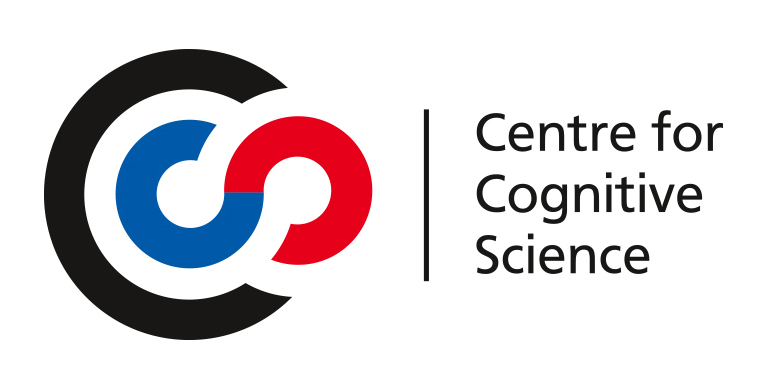6. Darmstädter Start-up & Innovation Day
2022/10/20
In the category “Scientists” of the TU ideas competition #DeineIdee2022, Constantin Rothkopf and Florian Kadner convinced with a digital font and won the 1st place. The AdaptiFont interactive font automatically adapts its design to the reader: letter size and shape, screen brightness.


Digital text has become one of the primary ways of exchanging knowledge, but text needs to be rendered to a screen to be read. The research work AdaptiFont presents a human-in-the-loop system that is aimed at interactively increasing readability of text displayed on a monitor. To this end, first a generative font space with non-negative matrix factorization is learned from a set of classic fonts. In this space new true-type-fonts are generated through active learning, texts with the new font are rendered, and individual users’ reading speed are meseasured.
Bayesian optimization sequentially generates new fonts on the fly to progressively increase individuals’ reading speed. The results of a user study show that this adaptive font generation system finds regions in the font space corresponding to high reading speeds, that these fonts significantly increase participants’ reading speed, and that the found fonts are significantly different across individual readers.
Further Links
Articles:
hoch³ 5/2021, (p. 22, in German)
Paper:
F. Kadner, Y. Keller, C. A. Rothkopf. AdaptiFont: increasing individuals’ reading speed with a generative font model and Bayesian optimization. CHI Conference on Human Factors in Computing Systems, 2021 DOI PDF





